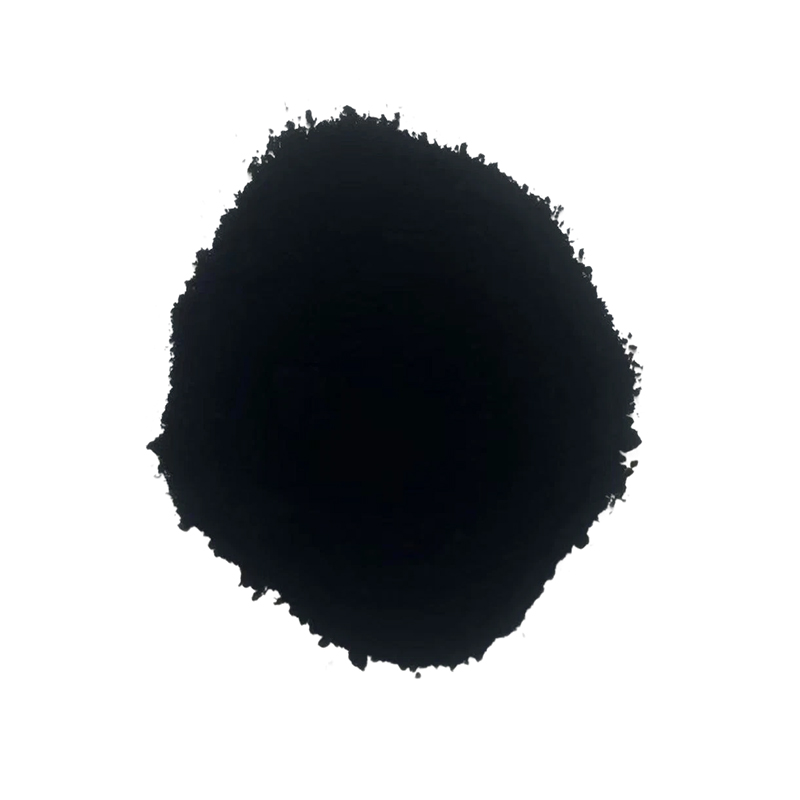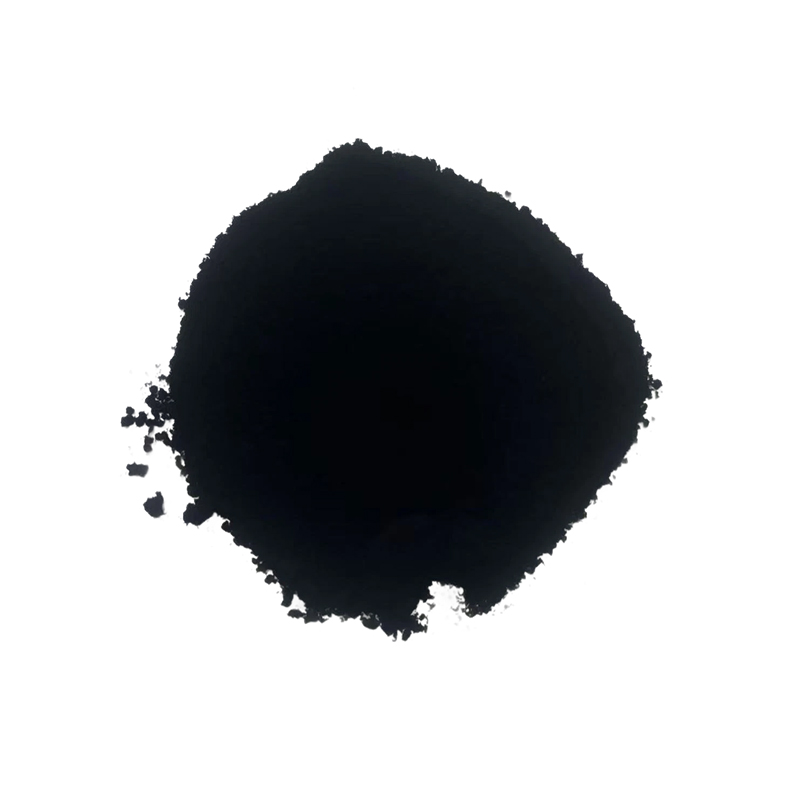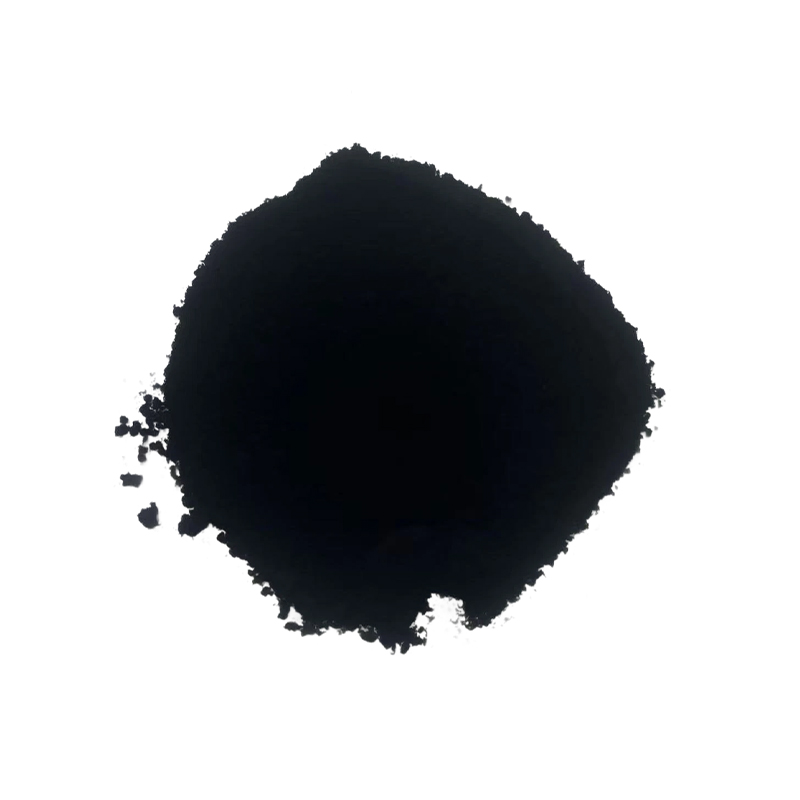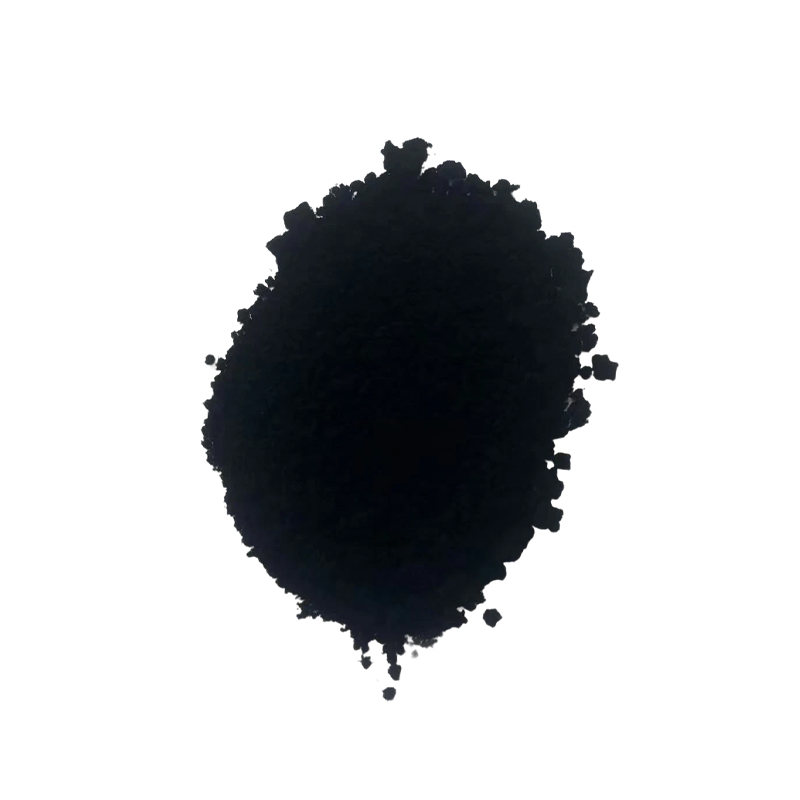How do iron-based carbon nanotubes achieve a highly efficient conductive network at low addition levels in conductive plastics?
Release Time : 2025-08-19
With the rapid development of electronics, automotive, medical, and smart devices, traditional insulating plastics are no longer able to meet modern industry's demands for electrostatic dissipation, electromagnetic shielding, and functional conductivity. Conductive plastics, as composite materials that combine the processability of polymer materials with the electrical conductivity of conventional materials, are becoming a key solution. Among the many conductive fillers, iron-based carbon nanotubes, due to their unique structural and performance advantages, can construct a highly efficient three-dimensional conductive network at extremely low addition levels, significantly improving the conductivity of the plastic matrix, making them an ideal choice for high-end conductive composites.
1. The Intrinsic High Conductivity of Carbon Nanotubes Lays the Foundation
Carbon nanotubes inherently possess excellent electrical properties, including high carrier mobility and strong current-carrying capacity. The electrical conductivity of a single carbon nanotube is comparable to that of metallic copper. When a small number of carbon nanotubes are dispersed in a plastic matrix, they form continuous electron transport pathways. Iron-based carbon nanotubes not only retain the high conductivity of pure carbon nanotubes, but the addition of iron enhances the crystallinity and graphitization of the tubes, further optimizing electron transport pathways and providing a physical basis for efficient conductivity at low addition levels.
2. Iron Catalysts Promote the Growth of High-Quality Carbon Nanotubes and Increase the Aspect Ratio
Iron-based carbon nanotubes are typically produced via chemical vapor deposition (CVD), where iron nanoparticles act as catalysts to precisely control the diameter, number of walls, and length of the carbon nanotubes. High-quality Fe-CNTs have a high aspect ratio (reaching micrometers in length and just a few to tens of nanometers in diameter). This means that less filler can form more contact points and overlapping structures in the plastic. Fibrous fillers with high aspect ratios are more likely to interconnect within the matrix, forming a "percolation network," enabling a transition from insulating to conducting conductivity at extremely low addition levels—the "percolation threshold"—to be achieved.
3. In-situ Growth Enhances Interfacial Bonding and Dispersibility
Some iron-based carbon nanotubes utilize an in-situ synthesis technique to embed iron catalyst particles within the carbon nanotube's root or lumen, forming a stable "metal-carbon" composite structure. This structure not only enhances the carbon nanotube's thermal stability and mechanical strength, but also improves its wettability and dispersibility within the non-polar plastic matrix through the polarity of the iron particles. Good dispersion prevents agglomeration, ensuring uniform distribution of the carbon nanotubes, maximizing the conductive capacity of each nanotube and avoiding waste of material due to localized enrichment.
4. Iron's Multiple Roles: Conductivity Enhancement and Functional Expansion
The presence of iron not only acts as a growth catalyst, but its residual nano-iron or iron oxide particles also serve as additional conductive nodes, contributing to the construction of the conductive network. Furthermore, the iron-based carbon nanotubes possess a certain degree of magnetic properties, allowing them to be guided into alignment within the plastic using an applied magnetic field, further optimizing the conductive pathways and enhancing overall conductivity. This versatility enables Fe-CNTs to achieve efficient conductivity at low addition levels while also imparting additional functionalities such as electromagnetic shielding and magnetic response to the material.
5. Constructing a Three-Dimensional Conductive Network and Lowering the Percolation Threshold
During the melt processing of plastics, well-dispersed iron-based carbon nanotubes intertwine to form a three-dimensional conductive network throughout the material. Even at low addition levels, as long as the spacing between the carbon nanotubes is less than their average length, electrons can hop through the tunneling effect or direct contact. Research has shown that the percolation threshold of Fe-CNTs is significantly lower than that of traditional conductive fillers such as carbon black (15%-20%) or metal powders (above 10%). This significantly reduces material cost and density increase while maintaining the inherent lightweight, easy-to-process, and corrosion-resistant properties of plastics.
6. Application Advantages: High Efficiency, Stability, and Versatility
Conductive plastics made with iron-based carbon nanotubes demonstrate excellent performance in applications such as lithium battery conductive agents, antistatic packaging, electromagnetic shielding casings, and smart sensors. Low addition levels minimize the impact on the plastic's mechanical properties, preventing embrittlement. Furthermore, the chemical stability of the carbon nanotubes ensures the long-term effectiveness of the conductive network, making it less susceptible to humidity or temperature fluctuations.
Iron-based carbon nanotubes, thanks to their high aspect ratio, excellent conductivity, good dispersibility, and the synergistic effect of iron, can construct efficient and stable three-dimensional conductive networks within plastic matrices at extremely low addition levels. This not only overcomes the limitations of traditional conductive fillers, which often require high dosages, high costs, and high density, but also provides strong technical support for the development of lightweight and multifunctional conductive plastics.
1. The Intrinsic High Conductivity of Carbon Nanotubes Lays the Foundation
Carbon nanotubes inherently possess excellent electrical properties, including high carrier mobility and strong current-carrying capacity. The electrical conductivity of a single carbon nanotube is comparable to that of metallic copper. When a small number of carbon nanotubes are dispersed in a plastic matrix, they form continuous electron transport pathways. Iron-based carbon nanotubes not only retain the high conductivity of pure carbon nanotubes, but the addition of iron enhances the crystallinity and graphitization of the tubes, further optimizing electron transport pathways and providing a physical basis for efficient conductivity at low addition levels.
2. Iron Catalysts Promote the Growth of High-Quality Carbon Nanotubes and Increase the Aspect Ratio
Iron-based carbon nanotubes are typically produced via chemical vapor deposition (CVD), where iron nanoparticles act as catalysts to precisely control the diameter, number of walls, and length of the carbon nanotubes. High-quality Fe-CNTs have a high aspect ratio (reaching micrometers in length and just a few to tens of nanometers in diameter). This means that less filler can form more contact points and overlapping structures in the plastic. Fibrous fillers with high aspect ratios are more likely to interconnect within the matrix, forming a "percolation network," enabling a transition from insulating to conducting conductivity at extremely low addition levels—the "percolation threshold"—to be achieved.
3. In-situ Growth Enhances Interfacial Bonding and Dispersibility
Some iron-based carbon nanotubes utilize an in-situ synthesis technique to embed iron catalyst particles within the carbon nanotube's root or lumen, forming a stable "metal-carbon" composite structure. This structure not only enhances the carbon nanotube's thermal stability and mechanical strength, but also improves its wettability and dispersibility within the non-polar plastic matrix through the polarity of the iron particles. Good dispersion prevents agglomeration, ensuring uniform distribution of the carbon nanotubes, maximizing the conductive capacity of each nanotube and avoiding waste of material due to localized enrichment.
4. Iron's Multiple Roles: Conductivity Enhancement and Functional Expansion
The presence of iron not only acts as a growth catalyst, but its residual nano-iron or iron oxide particles also serve as additional conductive nodes, contributing to the construction of the conductive network. Furthermore, the iron-based carbon nanotubes possess a certain degree of magnetic properties, allowing them to be guided into alignment within the plastic using an applied magnetic field, further optimizing the conductive pathways and enhancing overall conductivity. This versatility enables Fe-CNTs to achieve efficient conductivity at low addition levels while also imparting additional functionalities such as electromagnetic shielding and magnetic response to the material.
5. Constructing a Three-Dimensional Conductive Network and Lowering the Percolation Threshold
During the melt processing of plastics, well-dispersed iron-based carbon nanotubes intertwine to form a three-dimensional conductive network throughout the material. Even at low addition levels, as long as the spacing between the carbon nanotubes is less than their average length, electrons can hop through the tunneling effect or direct contact. Research has shown that the percolation threshold of Fe-CNTs is significantly lower than that of traditional conductive fillers such as carbon black (15%-20%) or metal powders (above 10%). This significantly reduces material cost and density increase while maintaining the inherent lightweight, easy-to-process, and corrosion-resistant properties of plastics.
6. Application Advantages: High Efficiency, Stability, and Versatility
Conductive plastics made with iron-based carbon nanotubes demonstrate excellent performance in applications such as lithium battery conductive agents, antistatic packaging, electromagnetic shielding casings, and smart sensors. Low addition levels minimize the impact on the plastic's mechanical properties, preventing embrittlement. Furthermore, the chemical stability of the carbon nanotubes ensures the long-term effectiveness of the conductive network, making it less susceptible to humidity or temperature fluctuations.
Iron-based carbon nanotubes, thanks to their high aspect ratio, excellent conductivity, good dispersibility, and the synergistic effect of iron, can construct efficient and stable three-dimensional conductive networks within plastic matrices at extremely low addition levels. This not only overcomes the limitations of traditional conductive fillers, which often require high dosages, high costs, and high density, but also provides strong technical support for the development of lightweight and multifunctional conductive plastics.







